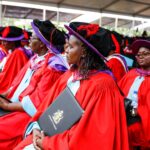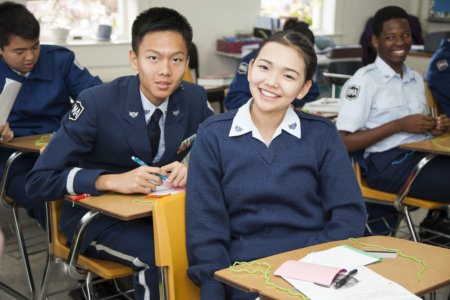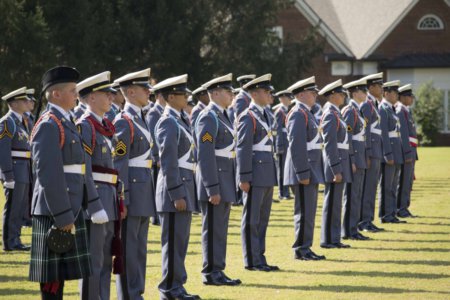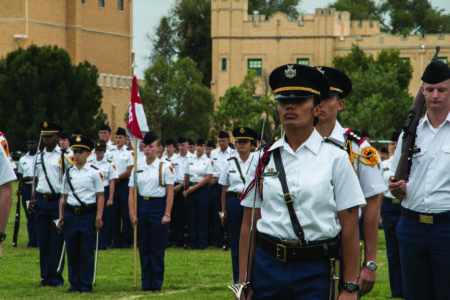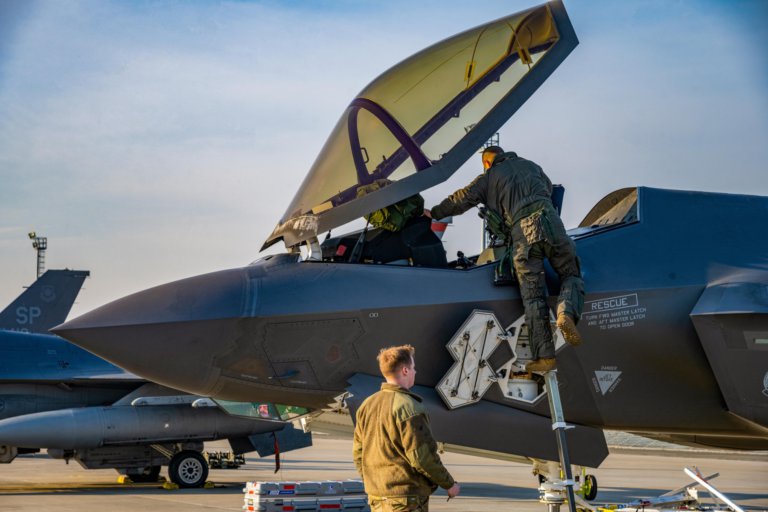
Serving in the military is a national privilege. To serve with the best in the field is a rarer opportunity still. In Top Gun: Maverick, Tom Cruise has the best of both worlds: getting to work with the Navy and Top Gun instructors — and fly a McDonnell Douglas F/A-18 Hornet. That is something you don’t see every day in military school.
Set 36 years after the original film debuted in 1986, Top Gun: Maverick sees Cruise reprise his role as Pete “Maverick” Mitchell as he leads a group of elite Top Gun graduates into foreign soil to bomb an unsanctioned uranium enrichment plant. Wanting to emphasise realism, Cruise pushed for an authentic cinematic experience that represented the experience of being in a fighter jet.
“I told everyone if you are going to take this role, part of it is being in an F-18. I don’t know how to do it any other way,” says Cruise in a Paramount Pictures YouTube video.
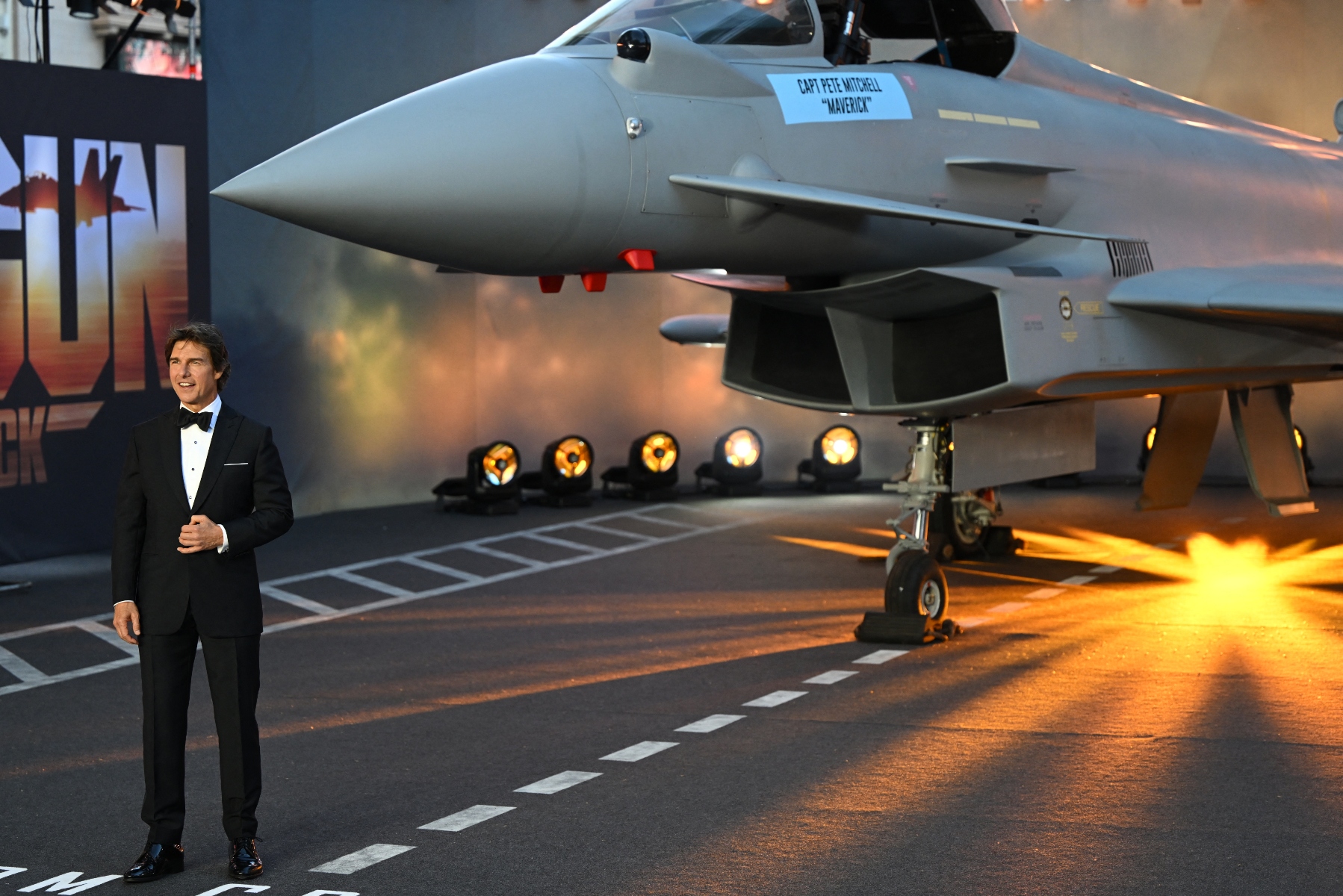
Tom Cruise poses upon arrival for the UK premiere of the film “Top Gun: Maverick” in London, on May 19, 2022. Source: Justin Tallis/AFP
However, have you wondered what it’s really like to be in an elite military flight school? Known as TOPGUN in the military circle, the US Navy Fighter Weapons School offers the Strike Fighter Tactics Instructor Course (STFI), a 13-week course that trains only the top 1% of Navy pilots. Here are five interesting facts about the US Navy Fighter Weapons School based in Fallon, Nevada:
1. It is a long selection process to get into the school
Getting into the school is a long and rigorous process. Firstly, you would need to enrol in the US Naval Academy. Those who are born in the US or have US citizenship can easily satisfy this requirement. For international students, they must be nominated by their country to begin their application to the Academy.
From there on out, graduates of the academy must be commissioned as an Ensign in the US Navy and acquire enough flight experience to stand a chance and be part of the TOPGUN programme, with only 1% to 5% making the cut. International students who graduated from the academy will not receive a commission in the US Armed Forces and will return to serve in their home country.
2. Training is intense
As the nation’s elite flight school, taking breaks is a luxury. As technology rapidly develops, aviators must adapt and increase their pool of knowledge to understand the systems they are using, as their lives depend on them. “We demand of our students 12 hours a day, six to seven days a week across holidays for three months straight,” says former Navy TOPGUN Commander Captain Tim Myers in a Smithsonian Channel Aviation Nation Youtube video.
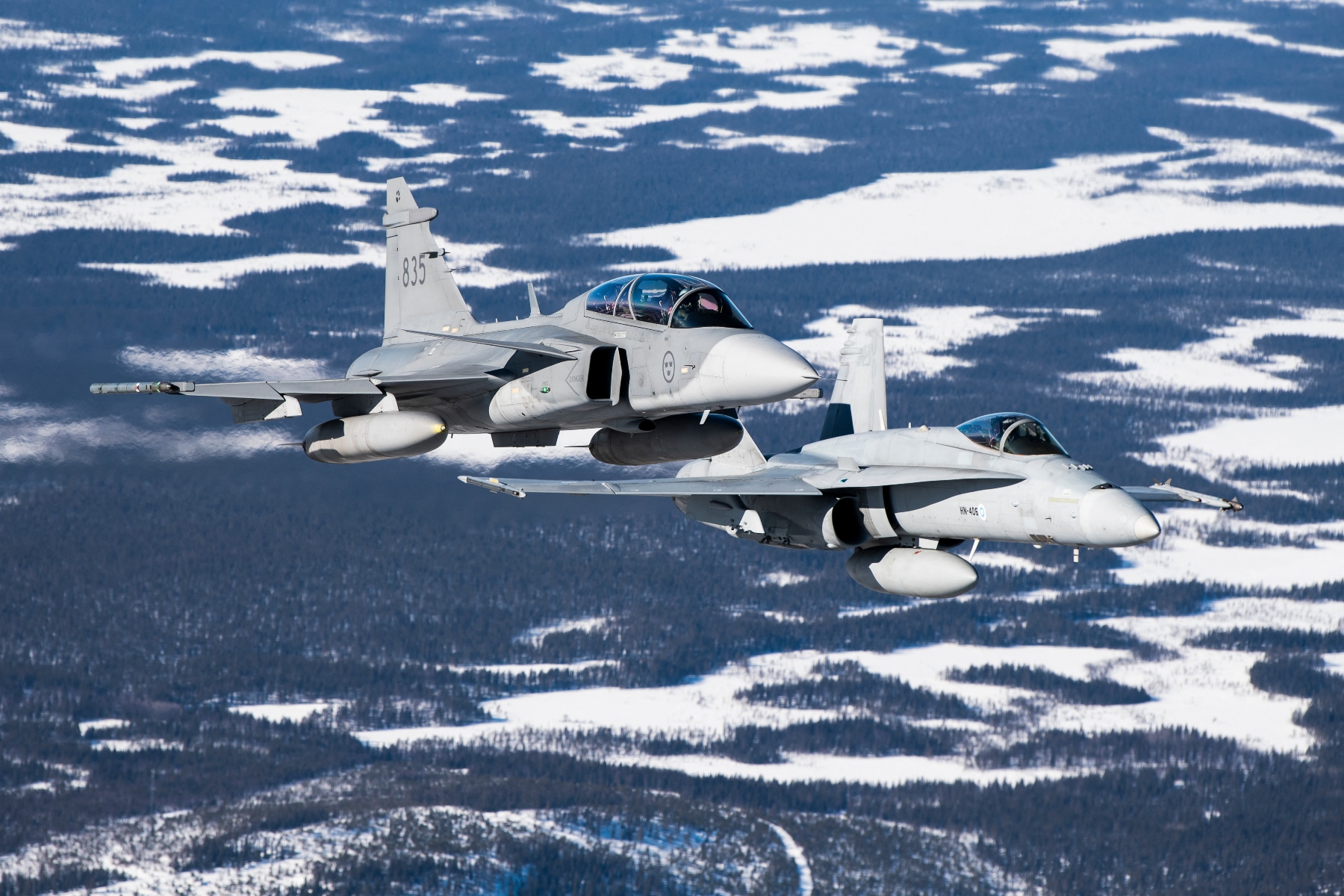
While some classes are conducted in classrooms, putting things into practice can help to speed up the learning process. Source: Jonathan Nackstrand/AFP
In three mission sets, students are exposed to three types of missions: air-to-air, where aviators engage in close mid-air combat; air-to-surface, which trains pilots to deliver payloads on land-based targets; and maritime strikes, which involves the destruction of enemy ships. “Every training mission is designed to provide the student with real-time experience to acquire new knowledge on the field,” explains Lieutenant Stu “Gizmo” Whipkey in an America’s Navy Youtube video.
3. 90% to 95% of students pass the programme
Established in 1969, TOPGUN continues to train generations of fighter pilots, adversary instructors, and air-intercept controllers. How do they do this? According to the school’s website, it averages about 35 instructors on staff at any one time, including a strike fighter aircrew, airborne intercept controllers, and an intelligence officer — most serve about three years as staff of the school.
Instructors also play a crucial role in maintaining the high passing rate. “Since I was a student almost three years ago, several changes have occurred. Software is constantly updated, and new weapons are implemented,” explains Navy Lieutenant Joe Anderson, a TOPGUN instructor. “Going from the F-18 to the F-35 was a jump in technology in some ways because it’s a dramatic increase, and it does take a lot to keep up with the rapid pace.”
4. Most TOPGUN graduates do not go on to fight the enemy.
In Top Gun: Maverick, most of the TOPGUN graduates are quickly deployed into active combat after completing their lesson with Maverick. Spoiler alert: that is not the case in real life. Most TOPGUN graduates return to the Navy’s fleet weapon school, where they continue to provide training and support for deployable fleets.
“Their job is to make sure that [Commanding Officers] down to the brand new aircrew are trained in the latest tactics developed by TOPGUN,” explains Navy Commander Dustin Peverill. “The payback that the [Navy] fleet gets from a TOPGUN graduate isn’t just an individual investment; it’s a community investment – a Navy investment.”
5. TOPGUN graduates pay it forward
When students graduate from TOPGUN, they are always welcomed back to serve the school as instructors. As graduates of TOPGUN, these instructors are able to use their field experience coupled with knowledge from the programme, allowing trainees to learn from the very best.
“As a TOPGUN instructor, one thing I try to remember is where I was when I first showed up on my first day,” says Gizmo, who is currently a TOPGUN instructor. “I didn’t just start this way. It was a long road, and again, I am still learning every day.”





